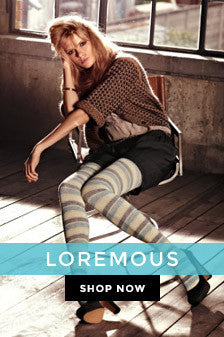Blog
Quilt Batting: Choosing the Right Kind for Every Project

The type of quilt batting you choose can make or break your next quilting project.
Whether you've just spent months meticulously cutting, piecing and stitching your most intricate design so far, or you spent a quick weekend tossing together the simplest nine-patch, it's vital to match your batting to your quilt top.
Otherwise, you'll be left with a finished quilt or coverlet that's not quite what you pictured.
The bad news? When it comes to quilt batting, there are many points to consider, including loft.
Here’s the good news: we’ll tell you everything you need to know.
Know your form and function
Quilt batting varies widely based on construction, intended purpose and desired function. Some types need closer quilting to perform best; others are manufactured to provide greater warmth. Familiarize yourself with the properties of each type of batting if you want to select the best one for the project you're currently considering.
-
Recommended Quilting Interval — The recommended quilting interval refers to the minimum recommended distance at which you should place lines of quilting.
If you ignore the recommended quilting interval and place your lines of quilting too far apart, the batting could separate or bunch, ruining the overall appearance of your quilt. Place lines of quilting too close, and you waste precious time and thread.
For best results every time, read the recommendations on the quilt batting before you invest. Batting made from cotton tends to offer the largest quilting intervals — up to 10 inches / 25cm, in some instances. This means less work for you while still maintaining your quilt's integrity.
-
Possibility for Bearding — Bearding is the annoying tendency some battings have of poking through your fabric along with your needle and thread. It leaves little tufts of batting showing on the top and bottom of your quilt as you quilt it.
Don't let this happen to you or to that project you just spent months creating. Choose a quilt batting that's been bonded to decrease the chances for bearding. Bonded batting is available in several types of batting, including cotton and polyester.
-
Loft — Loft refers to the thickness of your batting. Hi-loft batting typically works great for bed quilts and comforters. Low-loft batting is the go-to choice for table runners and placemats. The thicker the batting, the more pronounced definition between quilted and non-quilted areas.
Hi-loft batting also makes for a warmer quilt. So if you're working on a lightweight, summer coverlet, you'd want to choose a batting that offers a lower loft.
-
Non-Allergenic Properties — If you suffer from allergies, you'll want to use a hypoallergenic batting. This means that the batting does not contain known allergens, such as chemicals.
Natural fibers such as organic cotton and bamboo may be hypoallergenic. Polyester battings may be as well. For best results, read the packaging to ensure that the batting you're buying is allergy-recommended.
- Tendency to Shrink — Some battings are more prone to shrinkage than others. If you like the crinkled, vintage look, choose a batting with a known shrinkage factor and don't prewash it. For a sleek, modern-looking quilt, opt for a batting that boasts zero shrinkage, or pre-wash and dry your batting before incorporating it into your quilt.
Cut and size properly
Once you've chosen the perfect batting for your project, you'll need to cut it to the proper size.
What's the proper size, you might ask? It all depends upon the project, but typically, you'll want a few inches of extra batting that sticks out past the border of your quilt top. If you're quilting something small, such as a table runner or pillow top, 1 to 2 inches / 2.5 to 5cm is plenty.
For a full-size quilt, however, allow at least 3 to 4 inches / 7.5 to 10cm of overlap. This will help offset any drawing up that might occur during the quilting process, and it also gives you a little extra leeway when squaring your quilt at the end.
Above all, choose wisely
When crafting your quilt, it's important to pay just as much attention to the type of quilt batting you buy as you did to your fabric choices. The wrong batting can not only be difficult to work with, it can affect both the finished appearance of your quilt and its.
Research your quilt batting before you buy to get the best end result.
Ready to get started?Runaway Quilting has everything you need
Need quilt batting ? You’re in the right place.

